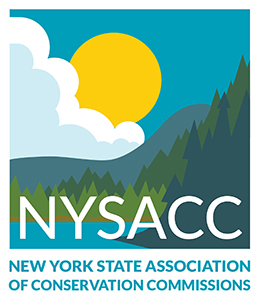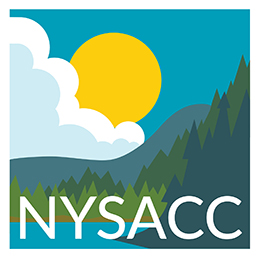Solar Mapping Tool

Editor’s Note: The question of destroying woodlands and agricultural land for the placement of solar facilities is not a settled issue. Consideration of previously disturbed sites, such as locations with building roofs, parking lots, and brownfields should be given first priority when considering siting. The tool described below should be utilized within an entire environmental analysis when deciding where to place solar arrays. Also note, that while this tool was developed for use within the Hudson Valley, the authors have developed methods of using this tool in other parts of NYS and beyond.
By Alex Wolf, Scenic Hudson
Scenic Hudson Launches Interactive Solar Mapping Tool
Helping communities find the best places to site solar energy – and support New York’s ambitious efforts to confront climate change – Scenic Hudson has launched a practical, interactive mapping tool. Scenic Hudson is a land trust and environmental advocacy organization working to preserve land and farms across the Hudson Valley. Scenic Hudson’s tool development team aimed to create a mapper that is accessible to municipal decision-makers and does not require special expertise. With the use of this tool, available at How To Solar Now: A Solar Energy Toolkit For Your Community – Scenic Hudson members of Conservation Commissions and/or Boards can play an important role in advising their communities on solar development issues. Along with map layers relevant to decisions on siting solar energy, the tool provides background information on solar energy, outlines a planning process, and includes “info dives” – educational sections on specific topics such as the co-location of solar developments and agricultural uses.
Using Geographic Information System mapping layers, the Solar Mapping Tool identifies communities’ natural resources – such as forests, agricultural lands and wetlands – and overlays them with important characteristics for solar development, such as gentle slopes and transmission lines. It will enable communities considering planning and zoning for future solar development, evaluating proposals by developers, or identifying preferred sites for solar to make smart decisions that bring clean energy to residents while minimizing impacts to natural and community assets.

The Solar Mapping Tool: helping communities reap environmental and economic benefits from responsible solar development
With climate change looming as the greatest threat to the region’s open spaces, farms, parks and people, Scenic Hudson is committed to helping reduce New York State’s greenhouse gas emissions by leading the transition to renewable energy sources in the Hudson Valley.
To achieve the “70 x 30” goal of New York’s Climate Leadership and Community Protection Act – having renewable energy generate 70 percent of the electricity consumed in New York by 2030 – the state expects to add 6,000 megawatts of solar energy on residential, commercial, industrial and municipal buildings by 2025. However, it is likely that significant amounts of utility-scale solar also will be necessary to reach the “70 x 30” target.
This means that over the next five years solar developers will be actively searching for prospective sites to build solar power facilities. Scenic Hudson’s new mapping tool provides Hudson Valley communities with the opportunity to reap both the economic and environmental benefits of solar energy, while ensuring that the region’s most valuable natural, agricultural, and cultural resources remain intact.
The Solar Mapping Tool was made possible by generous funding from the Doris Duke Charitable Foundation (DDCF). DDCF Program Director for the Environment Sacha Spector said, “Across the country, tools that help communities and decision makers come to consensus about where to locate new renewable energy infrastructure are an essential element of accelerating the clean energy transition while also minimizing its impacts on landscapes and nature. We’re proud to support this important model in New York’s Hudson Valley that helps the region’s communities be an active part of the solution to climate change.”

How To Solar Now: a suite of solar informational materials for community planning
The interactive mapping tool is part of How To Solar Now, a suite of instructional materials created by Scenic Hudson to help decision-makers and community members learn about solar energy and ultimately facilitate its responsible development. It promotes accelerated renewable energy development while simultaneously preserving important natural resources and community character. Its overall goal is to help the Hudson Valley become a regional model and leader in responding to the climate crisis.
How To Solar Now provides information on siting, zoning, mapping and the successful development of solar energy systems on everything from landfills to rooftops. It includes Clean Energy, Green Communities: A Guide to Siting Renewable Energy in the Hudson Valley as well as a new, comprehensive solar zoning handbook, Solar Ready, Climate Resilient: Best Practices and Recommendations for Solar Zoning in the Hudson Valley. The website also includes a Replication Guide for the Solar Mapping Tool to help enable those outside the Hudson Valley to create similar mapping tools for their area. Most of the map data in the Solar Mapping Tool are publicly available for all of New York State.

Alex Wolf
Conservation Scientist, Scenic Hudson
awolf@scenichudson.org




You must be logged in to post a comment.